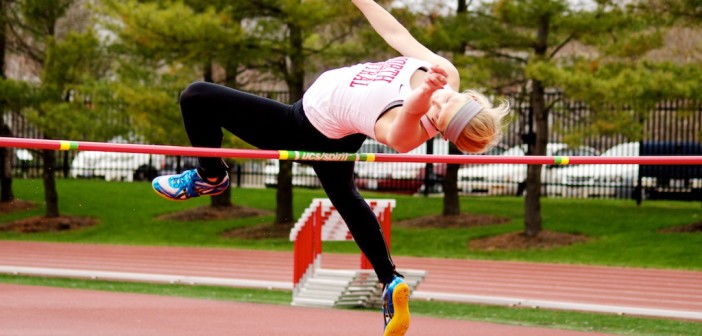You have Becky Hammon leading her team to the NBA offseason championship; the Arizona Cardinals hiring Jen Welter, the first female coach in NFL history (no longer with the team); and now the Buffalo Bills hiring Kathryn Smith as the first female coach in NFL history — it seems like now is as good a time as ever to be a woman in professional sports.
We’ve now had one woman hired as a coach in every major sport in North America except the NFL (I’m looking at you, Gary Bettman), and, shockingly, the sky has not fallen. This should mean that issues around gender and women in sports are mostly resolved, right?
Well, sort of. It’s a little more complicated than that.
As wonderful as it is to see women like Hammon and Smith finding places in a male-dominated sports world, it’s part of a frustrating cycle of progress/not progress for women. North Central College is lucky — Sue Kane is the school’s assistant athletic director, a position she’s held since 2012, and out of the 25 head coaching positions available (there are two head coaches for men’s track and field and cross-country), seven are held by women, which means that 28 percent of our coaches are women. That’s more than most colleges can say.
According to an article from Forbes, published on Sept. 2, 2015, just 7.5 percent of Division I athletic directors are women. Another article from Fortune finds that women’s college teams actually coached by women are at an all-time low- more than half are coached by men.
When Title IX was first instituted, 90 percent of women’s teams were coached by women. That has now declined to 42.9 percent, according to the Tucker Center for Research on Girls and Women in Sports. And if you’re a woman, and you want to coach a men’s team? Forget it. The same study found that just 2 percent of head coaches for men’s team are women.
It’s become a double-edged sword — while the creation of Title IX has opened up incredible opportunities for female collegiate athletes since its inception, it has unintentionally made it nearly impossible for women to get a job in sports coaching or management.
As more women’s programs are created and financed, jobs are going to men instead of women for all gender’s programs. Even those women who do manage to get a job coaching a women’s team aren’t making nearly as much as their male counterparts coaching the boys.
According to Fortune, “In 2011, head coaches for all women’s teams in the BIG 10 conference made less than a third of what the men’s coaches pulled in, $149,000 compared with $490,000, according to research from Tucker. The average salary for a college football head coach in the conference was $2.27 million and men’s basketball coaches made $1.9 million on average, compared with $365,000 for the head coaches of BIG 10 women’s basketball teams.”
Should we have to choose when it comes to women in sports? Do we have to decide whether we want more women’s programs that athletes can compete in in high school and college, or if we want more women coaching the programs that exist? Why have we decided that it’s fine for men to coach women’s programs, but that women lack the experience when it comes to coaching men’s program?
And while it’s nice to see women like Hammon and Smith and others slowly breaking into the professional spheres, how much will we hold up single examples like them and call it “progress” when women’s professional leagues can barely make it on TV, and history-making coaches like Shannon Miller are filing Title IX lawsuits because of discrimination in her own athletic department?
It’s progress, sure. But that doesn’t mean it’s over.
As National Girls and Women In Sports Day (Feb. 3) rapidly approaches, it is crucial to remember those who came before us and helped pave the way for female athletes today — those who fought for Title IX, those who played with the boys because they didn’t have their own team, and those who broke down barriers. It’s important to honor the work they did.
But it’s equally important not to get swept up in the celebration and fanfare and remember that there’s still work to do. That progress does not mean the fight is over, and that for every Kathryn Smith who finds her way into the professional sphere, there are hundreds more who will never get the chance — until something changes.

